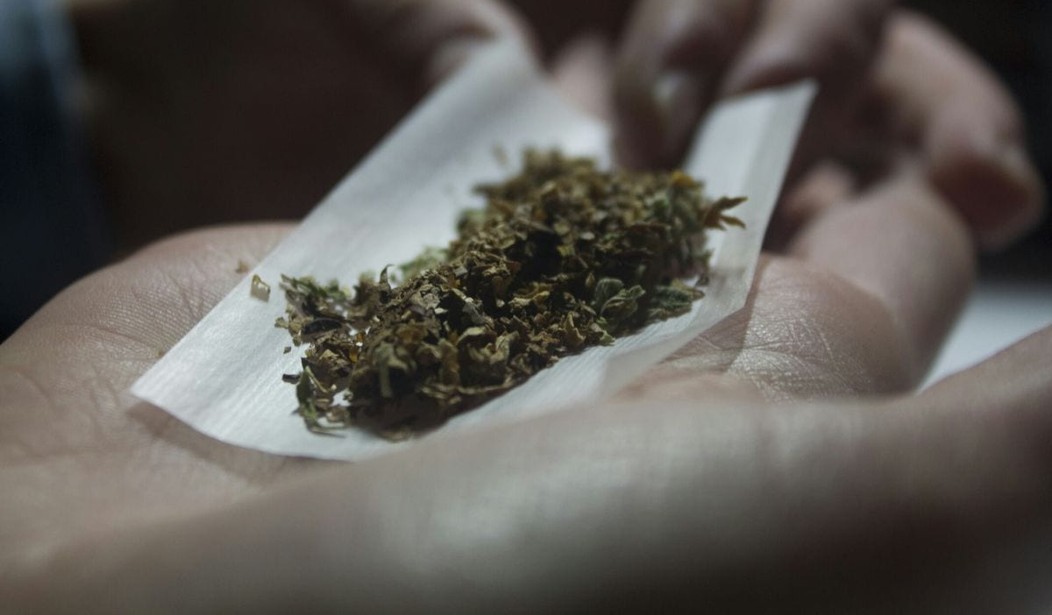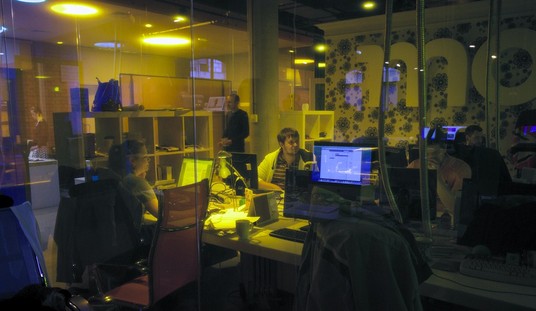This story should cause all kinds of conflicts in the activist hearts of millennials who are anti-GMO, especially those who enjoy getting high. Because a report published by researchers at the University of California Berkeley explains that synthetic biologists “have engineered brewer’s yeast to produce marijuana’s main ingredients—mind-altering THC and non-psychoactive CBD—as well as novel cannabinoids not found in the plant itself.”
To be clear, the researchers’ objective is to help produce low-cost and efficient cannabis for medicinal use. However, don’t think for a minute that brewers won’t utilize the modified yeast in order to increase their profits — not to mention enterprising potheads who are constantly on the lookout for new and novel ways to get high. In the meantime, though, the researchers’ success is limited to the laboratory with the goal of helping those who are suffering from ailments that can be aided by THC and CBD.
Engineering yeast to become “green drug factories” has long been the goal of Jay Keasling, a UC Berkeley professor of chemical and biomolecular engineering and of bioengineering and a faculty scientist at Lawrence Berkeley National Laboratory. In the report, Keasling boasts, “For the consumer, the benefits are high-quality, low-cost CBD and THC: you get exactly what you want from yeast. It is a safer, more environmentally friendly way to produce cannabinoids.”
Keasling admits that doing so “was an interesting scientific challenge that was akin to other challenges he and his team have successfully overcome in yeast: producing an antimalarial drug, artemisinin; turning plant waste into biofuels; synthesizing flavors and scents for the food and cosmetics industries and chemical intermediates for making new materials.”
The process that Keasling and his team employed to achieve their objective is predictably complex. Thankfully, the published report distills it down to a short paragraph:
To produce cannabinoids in yeast, Berkeley synthetic biologists first engineered yeast’s native mevalonate pathway to provide a high flux of geranyl pyrophosphate (GPP) and introduced a hexanoyl-CoA biosynthetic pathway combining genes from five different bacteria. They then introduced Cannabis genes encoding the enzymes involved in olivetolic acid (OA) biosynthesis, a previously undiscovered prenyl transferase enzyme and cannabinoid synthases. The synthases converted cannabigerolic acid (CBGA) to the cannabinoid acids THCA and CBDA, which, upon exposure to heat, decarboxylate to tetrahydrocannabinol (THC) and cannabidiol (CBD), respectively.
To be honest, I’m not sure what any of that means because I skipped most of my high school chemistry classes. One thing I find interesting and do understand, though, is the nascent opposition to Keasling’s work. The Atlantic highlights the concerns of pot activists that this new technology “might bring corporate interests one step closer to controlling a market they’re fighting to keep democratic.”
One thing activists often fail to account for is how the market has a way of solving problems and filling consumer desires no matter how hard they may want to keep things “democratic.” It’s only a matter of time before the manufacturing of products that contain THC and CBD is big business. It’s also only a matter time before there is little difference between beer and marijuana.









Join the conversation as a VIP Member